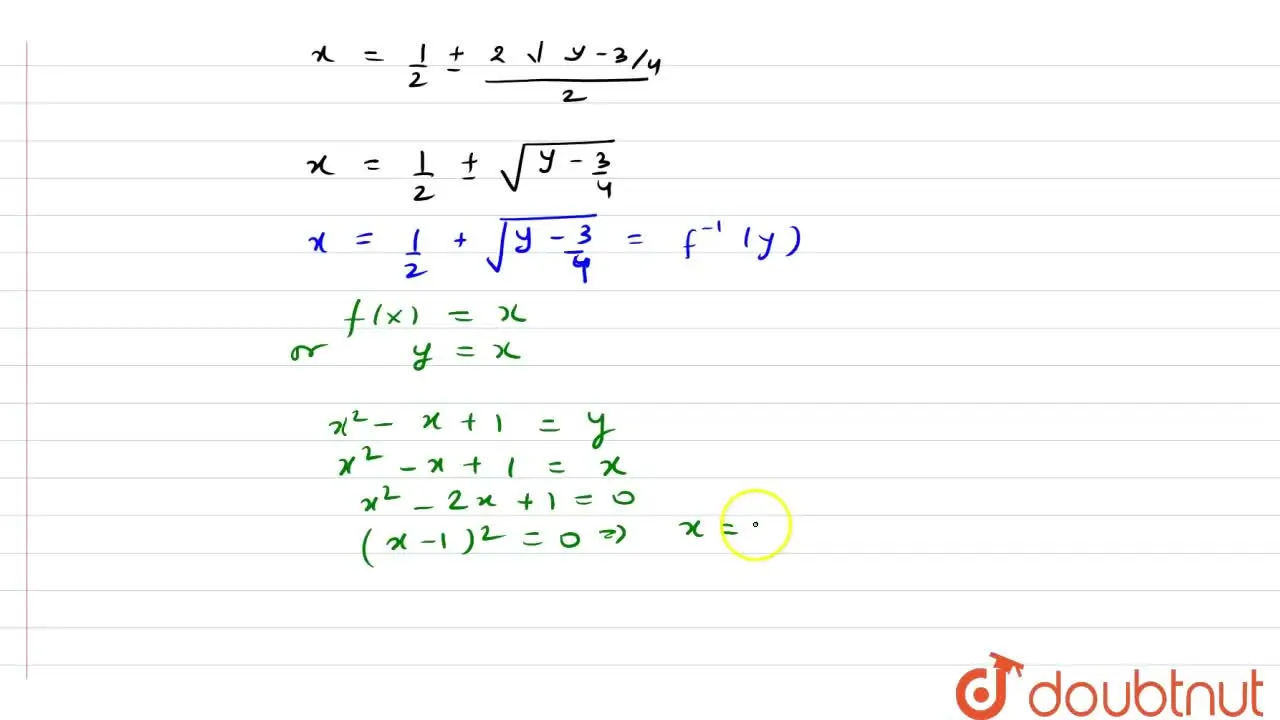Solve the equation x2−x+1=12+√x−34,wherex≥34
Step by step video & image solution for Solve the equation x^2-x+1=1/2+sqrt(x-3/4), w h e r e xgeq3/4 by Maths experts to help you in doubts & scoring excellent marks in Class 12 exams.
Similar Questions
Solve the equation for x: (i) 42x=132 (ii) √(35)1−2x=41727
View SolutionSolve the following equations: ||x−1|−e|=3
View SolutionSolve the equation
√2x−1+√3x−2=√4x−3+√5x−4.View SolutionSolve the equation: ∣∣∣3xx1∣∣∣=∣∣∣3241∣∣∣
View SolutionIf α,andβ be t roots of the equation x2+px−1/2p2=0,wherep∈R. Then the minimum value of α4+β4 is 2√2 b. 2−√2 c. 2 d. 2+√2
View SolutionSolve the following system of equations: 12x−1y=−1 and 1x+12y=9,wherex≠0,y≠0.
View SolutionSolve the equation
x4+4x3+5x2+2x−2=0 given that −1+√−1 is a rootView SolutionSolve (x3−4x)√x2−1=0.
View SolutionThe number of solution of equation sin−1x+nsin−1(1−x)=mπ2,wheren>0,m≥0, is 3 (b) 1 (c) 2 (d) None of these
View SolutionSolve :
(√3)x−3=(√3)x+14View Solution


